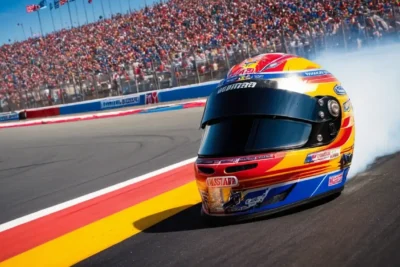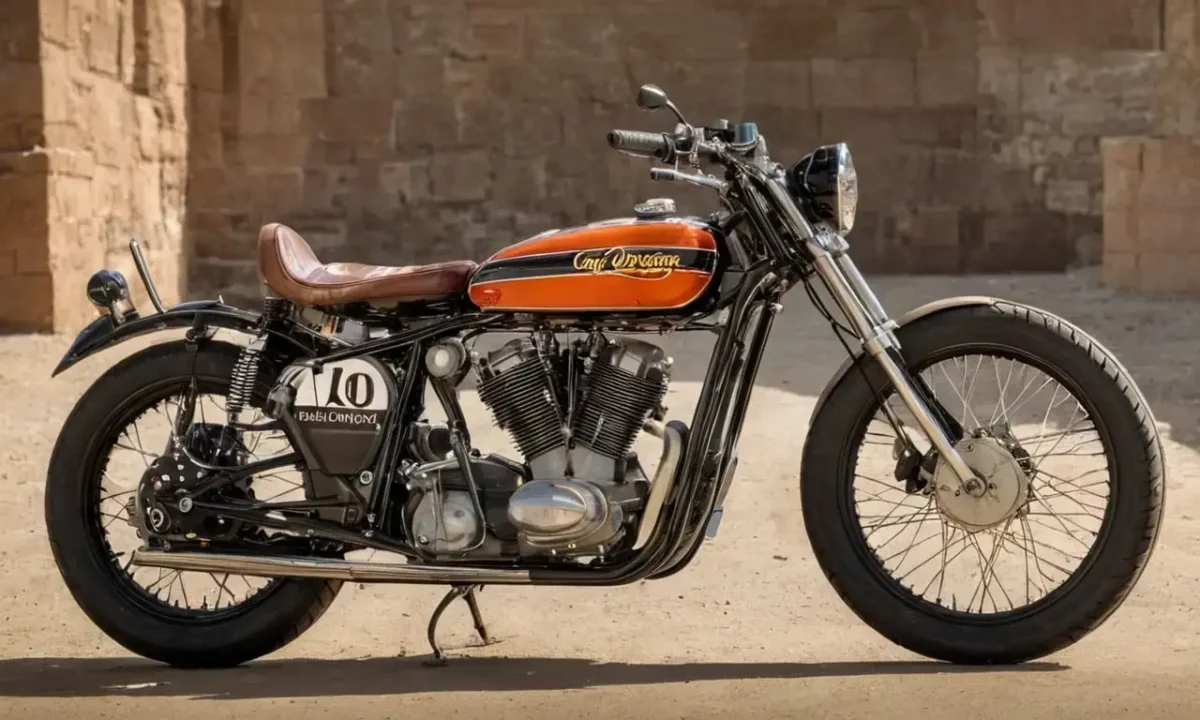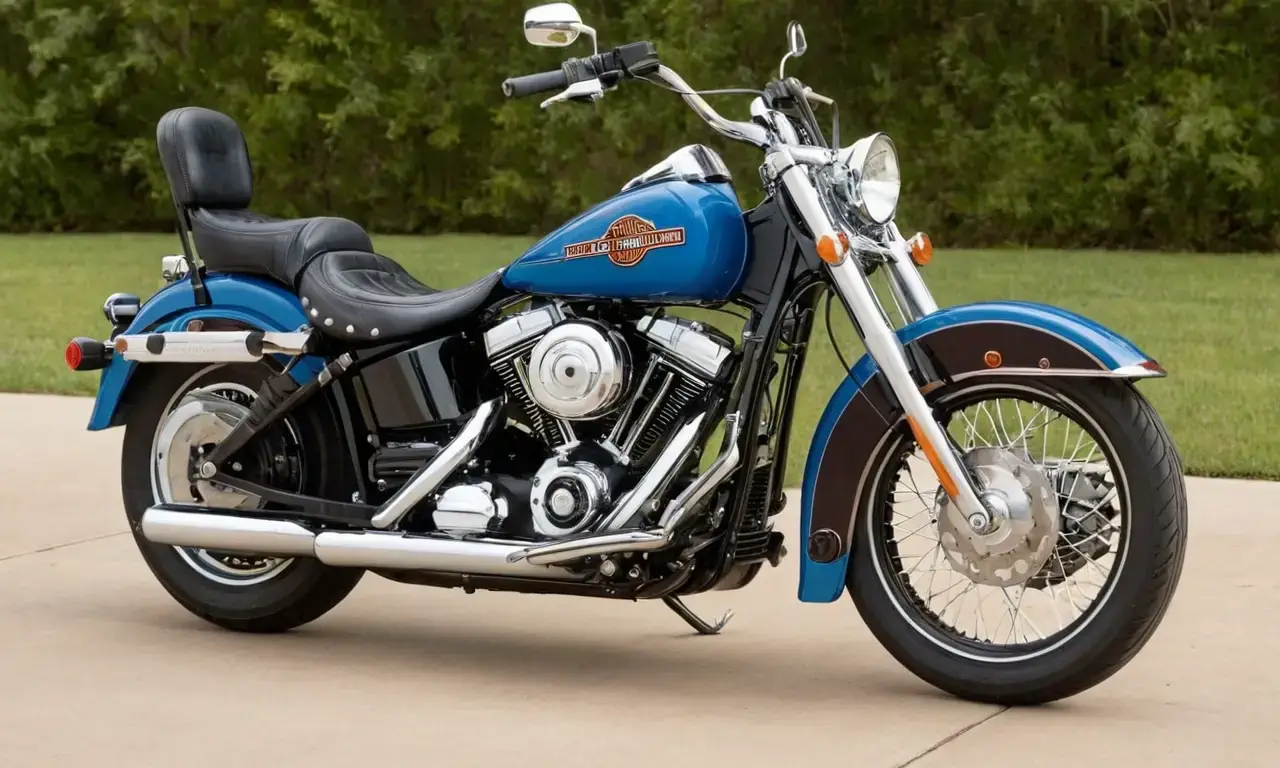
Harley-Davidson: Evolution & Legacy in the 1970s

Harley-Davidson, an iconic American motorcycle manufacturer, has left an indelible mark on the history of two-wheeled transportation. Since its inception in 1903, the company has continuously evolved, adapting to changing trends and technological advancements while staying true to its core values of power, style, and freedom. The 1970s marked a significant period for Harley-Davidson as it navigated a challenging landscape dominated by Japanese motorcycle manufacturers. This era witnessed the emergence of new models that reflected evolving rider preferences and introduced innovative design elements.
This article delves into the fascinating evolution of Harley-Davidson during the 1970s, exploring key models like the 1970 harley davidson Sportster, touring bikes such as the FL Electra-Glide, and the legendary FLHS. We'll also examine the impact of competition from Japanese manufacturers and how Harley-Davidson responded to these challenges by introducing limited edition models that continue to intrigue collectors today. By understanding this period in Harley-Davidson's history, we gain a deeper appreciation for the company's enduring legacy and its ability to adapt while staying true to its roots.
The Rise of Sportsters
The 1970s witnessed a shift in motorcycle culture, with riders seeking lighter, more agile machines that could handle both city streets and open highways. This demand led to the rise of sportster motorcycles, which emphasized performance and handling over pure power. One of the most iconic examples was the Harley-Davidson Sportster, introduced in 1957. The Sportster's lightweight design, powerful engine, and nimble handling made it a favorite among riders seeking an exhilarating riding experience.
The evolution of the Sportster continued throughout the 1970s. Models like the XLH (later known as the Harley-Davidson XL), featured larger displacement engines and improved suspension systems, further enhancing their performance capabilities. These bikes not only appealed to experienced riders but also attracted a new generation of enthusiasts seeking a more engaging riding experience compared to traditional cruisers. The Sportster's legacy continues today, with modern iterations like the XL1200X offering a blend of classic styling and contemporary engineering.
Evolution of Touring Bikes
Touring motorcycles were another significant area of innovation during the 1970s. As riders sought longer journeys and cross-country adventures, manufacturers developed bikes designed for extended rides with comfort and practicality in mind. Harley-Davidson's touring lineup saw several notable changes during this era. The FL Electra-Glide, introduced in 1969, became a symbol of American touring prowess.
The FL Electra-Glide featured a powerful engine, a comfortable riding position, and a spacious luggage compartment, making it ideal for long trips. This model's success paved the way for other touring bikes like the FLHS (Harley-Davidson FLHS), which was designed as a lightweight yet capable machine for riders seeking a blend of performance and comfort. The FLHS featured a unique "S" suffix in its name, signifying a stripped-down design that emphasized lightness and agility while retaining some classic Harley styling cues.
The FLHS and Its Legacy
The 1970s Harley-Davidson FLHS was a landmark model that embodied the spirit of innovation and evolution during this era. This bike represented a departure from traditional touring bikes, featuring a lightweight chassis, a powerful engine, and a focus on rider comfort. The FLHS's design aimed to bridge the gap between classic American cruisers and more modern sportbikes.
One of the most notable features of the FLHS was its "S" designation, which signified a stripped-down version of the Electra Glide. This model featured a smaller engine displacement than its full-featured counterpart but retained many of the same design elements, including the iconic Harley-Davidson fork and rear suspension system. The FLHS's lightweight construction made it ideal for long rides, while its powerful engine provided ample power for both city streets and open highways.
Despite its unique features, the FLHS was not without its challenges. Competition from Japanese manufacturers like Honda and Yamaha put pressure on Harley-Davidson to innovate and stay ahead of the curve. However, the FLHS's legacy continues to inspire enthusiasts today, as it remains a highly sought-after collector's item among vintage motorcycle enthusiasts.
Limited Edition Models

Harley-Davidson also introduced several limited edition models during the 1970s, reflecting the company's commitment to innovation and its ability to create unique motorcycles that captured the imagination of riders worldwide. These special editions often featured custom paint schemes, unique engine configurations, or other design elements that set them apart from standard production bikes.
One notable example was the 1978 XL-1000, a limited edition Sportster model that showcased Harley's heritage while facing challenges from Japanese competition. The XL-1000 featured a larger displacement engine than its predecessors, resulting in increased power and torque. This bike also incorporated several design elements inspired by classic Harley models, such as the iconic "Milwaukee" logo on the tank.
Limited edition models like the XL-1000 not only served as tributes to Harley's rich history but also helped the company stay relevant in a rapidly evolving market. These bikes often became highly sought after by collectors and enthusiasts, adding another layer of value to their already impressive heritage.
Challenges from Japanese Competition
The 1970s saw the rise of Japanese motorcycle manufacturers like Honda and Yamaha, who introduced motorcycles with lighter designs, more fuel-efficient engines, and innovative features that appealed to a wider audience. This competition forced Harley-Davidson to adapt its production methods and design philosophies to remain competitive in the global market.
One of the biggest challenges faced by Harley-Davidson was the introduction of smaller displacement engines from Japanese manufacturers. These bikes offered better fuel economy and maneuverability, making them attractive options for riders seeking a more practical riding experience. However, this shift also forced Harley-Davidson to re-evaluate its product line and develop new models that could compete with these advancements.
Harley's Enduring Appeal
Despite the challenges it faced during the 1970s, Harley-Davidson remained a symbol of American freedom and adventure. The company's commitment to building powerful, durable motorcycles that resonated with riders seeking an authentic riding experience helped maintain its loyal customer base. This enduring appeal was further strengthened by the introduction of new models like the Sportster, which offered a more affordable entry point into the world of Harley-Davidson ownership.
Harley-Davidson also continued to invest in research and development, constantly striving to improve its motorcycles' performance, reliability, and rider experience. The company's dedication to innovation helped it stay ahead of the competition and maintain its position as one of the most respected motorcycle manufacturers in the world.
Conclusion
The 1970s marked a significant period for Harley-Davidson, as the company navigated changing market trends and technological advancements while staying true to its core values of power, style, and freedom. The introduction of new models like the Harley-Davidson Sportster, the evolution of touring bikes like the FL Electra-Glide, and the development of limited edition models all contributed to a period of innovation that continues to inspire enthusiasts today.
Despite facing challenges from Japanese competition, Harley-Davidson's commitment to building durable, powerful motorcycles helped it maintain its loyal customer base and solidify its position as one of the most respected motorcycle manufacturers in the world. The company's legacy is built on a rich history of innovation, craftsmanship, and an unwavering dedication to creating motorcycles that capture the spirit of adventure and freedom.
Leave a Reply





Related Links